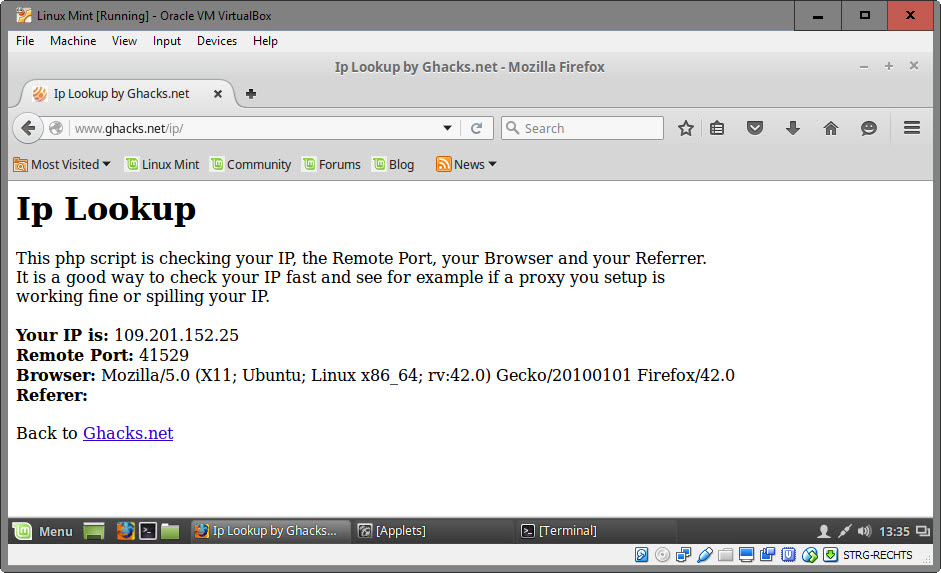How to chain VPN servers
VPN Chaining is a technique in which multiple virtual private network (VPN) servers are chained to improve online privacy while on the Internet.
Basically, what it means is that you are not connecting to a single VPN but to multiple ones in a layered system that looks like Your PC > 1st VPN > 2nd VPN > Internet.
Before we take a look at the how, we should discuss why you would want to do that. One argument is that you cannot trust any of the VPN providers out there.
While most claim these days that they don't log, there is virtually no way to prove that this is indeed the case.
And even if they don't log user activity, they may still be forced to cooperate and log activity of certain users connecting to the system, for instance when forced to do so by a court of law or when coerced.
VPN Chaining improves privacy by connecting to multiple VPN servers operated by different companies who -- preferably -- operate in different jurisdictions.
The advantage is that it becomes increasingly difficult to track users when they chain VPN servers.
There are disadvantages however, for instance that the setup is complicated, that maintaining multiple VPN accounts is more expensive than just one, and that there is still a possibility of being tracked.
| Advantages | Disadvantages |
| Improved privacy | complicated setup |
| more expensive (unless free services are used) | |
| slower speeds, higher latency | |
| Possibility of being tracked is still there |
How to chain VPN servers

Unless you operate all VPN servers that you want to chain, you cannot simply connect to the first VPN in the chain and be done with it.
Connecting to multiple VPNs simultaneously on the same device does not work as well which that leaves virtual machines as the best solution to get the ball rolling.
Basically, you connect to one VPN on the device you are using, and to others that you want as part of the chain in virtual machines.
A simple chain would look like this: PC > 1st VPN > Virtual Machine > 2nd VPN > Internet
You would have to perform all activity using the Virtual Machine to take advantage of the chaining.
How it works:
- Download VirtualBox from the official website and install the virtualization software.
- Download and install an operating system, Linux Mint for instance, in VirtualBox.
- Get accounts at two or more VPN services.
- Connect to the first VPN on the device you are using.
- Connect to the second VPN in the Virtual Machine. If you have followed the suggestion above, connect to the VPN using Linux Mint.
You can verify that the VPNs are chained by checking IP addresses. You will notice that the host device returns a different public IP than the virtual device.
Crazy chaining: you can add as many VPN services to the chain as you like, but you need to install a virtual machine inside the virtual machine for each of them.
Installation of VirtualBox and the host operating system should not pose problems to most users. The installation of the VPN service on the other hand may, but most VPN providers offer instructions on their web pages that detail the installation process on various operating systems including Linux.
Closing Words
VPN Chaining improves online privacy and while it does not offer 100% protection, it offers far better protection than a single VPN (which in turn offers better protection than connecting directly to the Internet).
Now You: Do you use a VPN?
This article was first seen on ComTek's "TekBits" Technology News

- Log in to post comments